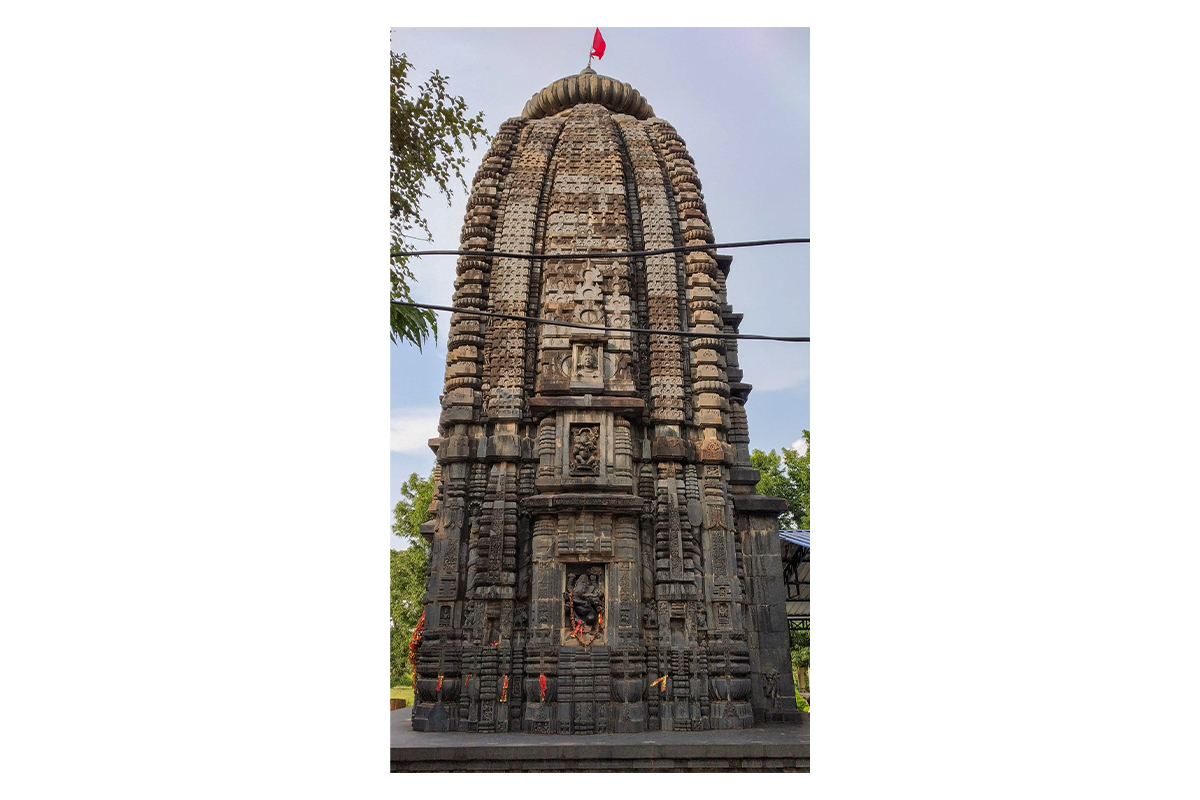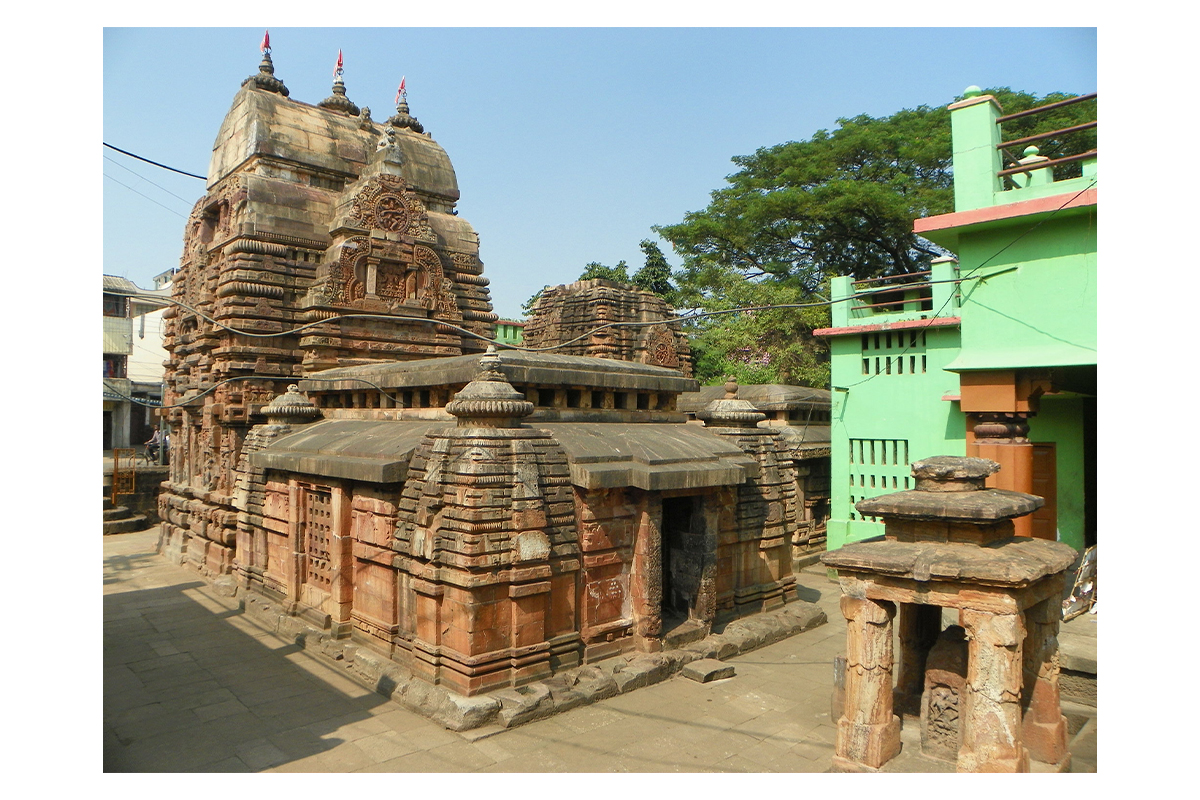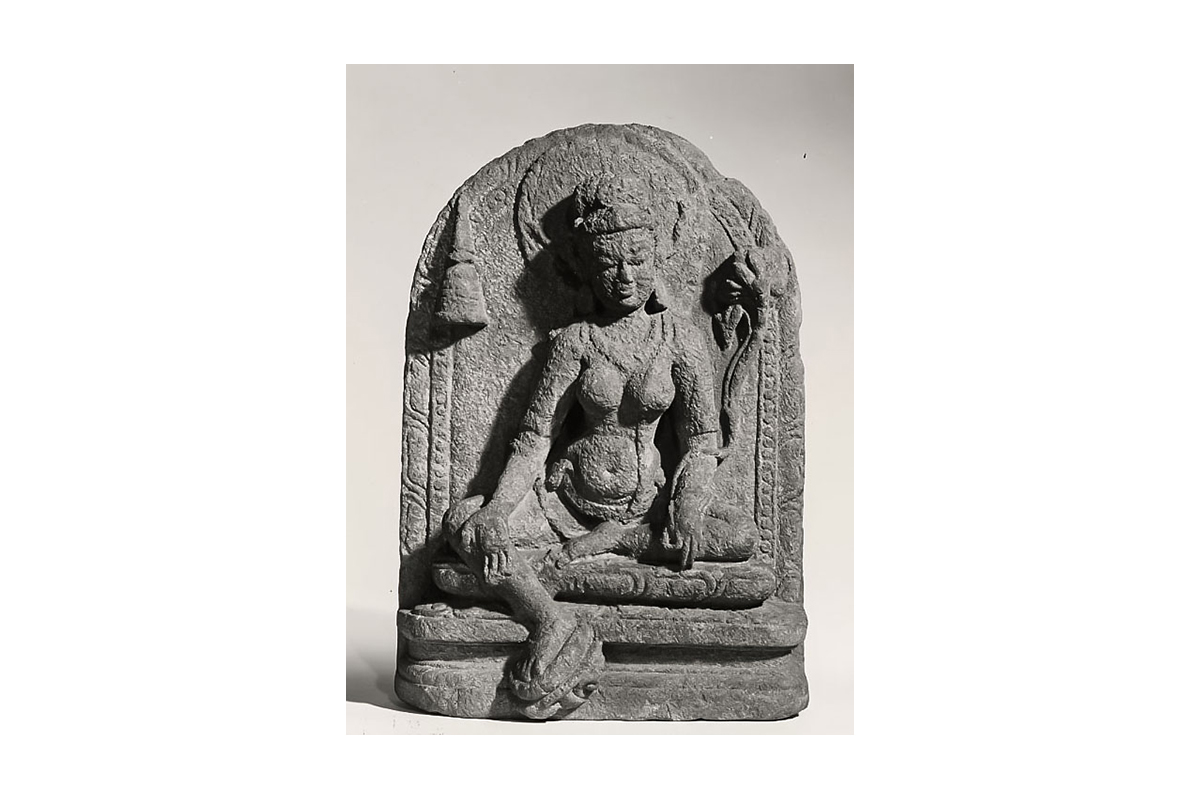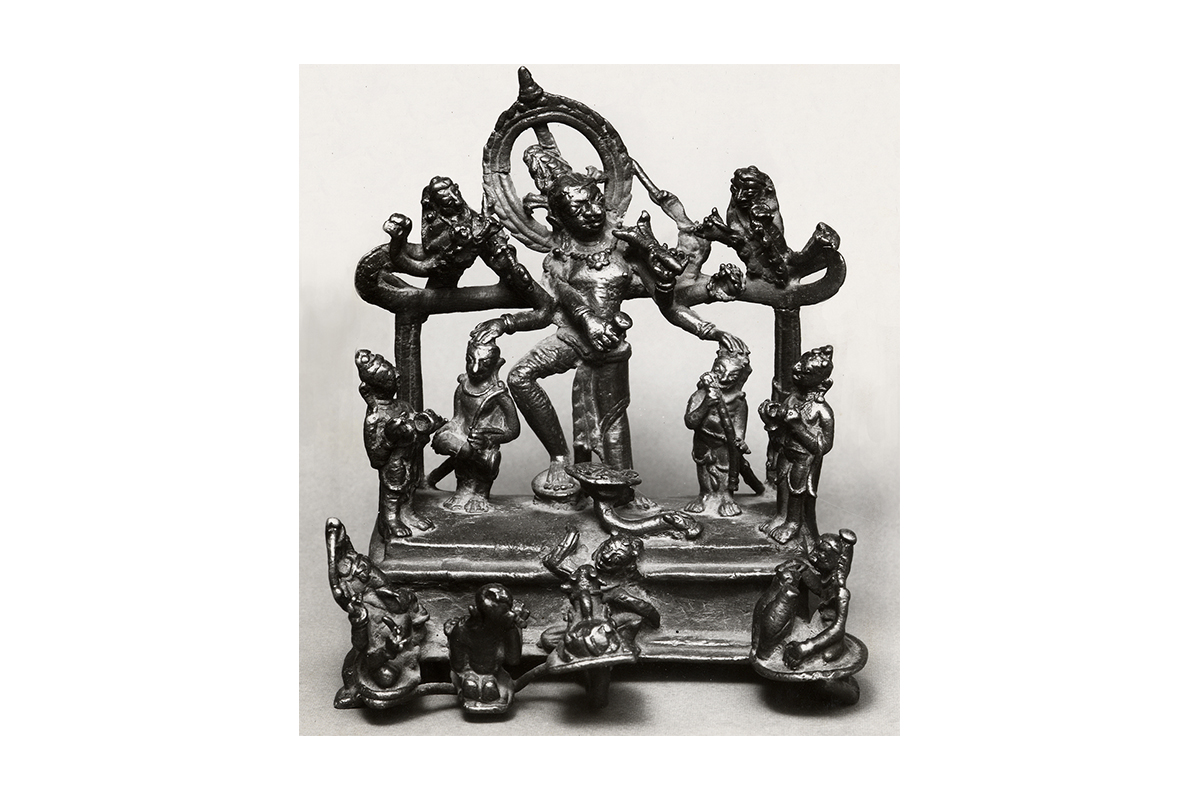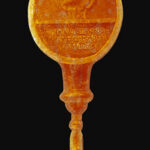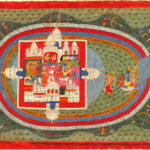The Bhaumakaras Expand Control
850–905 CE
The Bhaumakara dynasty in present-day northern Odisha extends its control over the region between the eighth and tenth centuries. Partially due to the political instability caused by Rashtrakuta raids of the region, a number of women rulers are able to successfully take control of and rule the Bhaumakara kingdom, which is a rare phenomenon at the time. They are patrons of Buddhism, Shaivism and Vaishnavism. Like in many other polities, Shaivism is predominant in this period, as seen in the iconography, temples and monastic structures in present-day Bhubaneswar, Khiching and Paikapada (in present-day Odisha). Similar to the Palas, the Bhaumakaras participate in Buddhist religious exchanges as well as trade with Southeast Asia.
Bibliography
Rangachari, Devika. From Obscurity to Light: Women in Early Medieval Orissa (Seventh to Twelfth Centuries AD). New Delhi: Manohar, 2020.
Singh, Upinder. A History of Ancient and Early Medieval India: From the Stone Age to the 12th Century. New Delhi: Pearson, 2016.
Feedback 
This entry appears in
Art in South Asia
Visit Timeline
Associated Timeline Events
First Published: March 11, 2024
Last Updated: July 2, 2024



